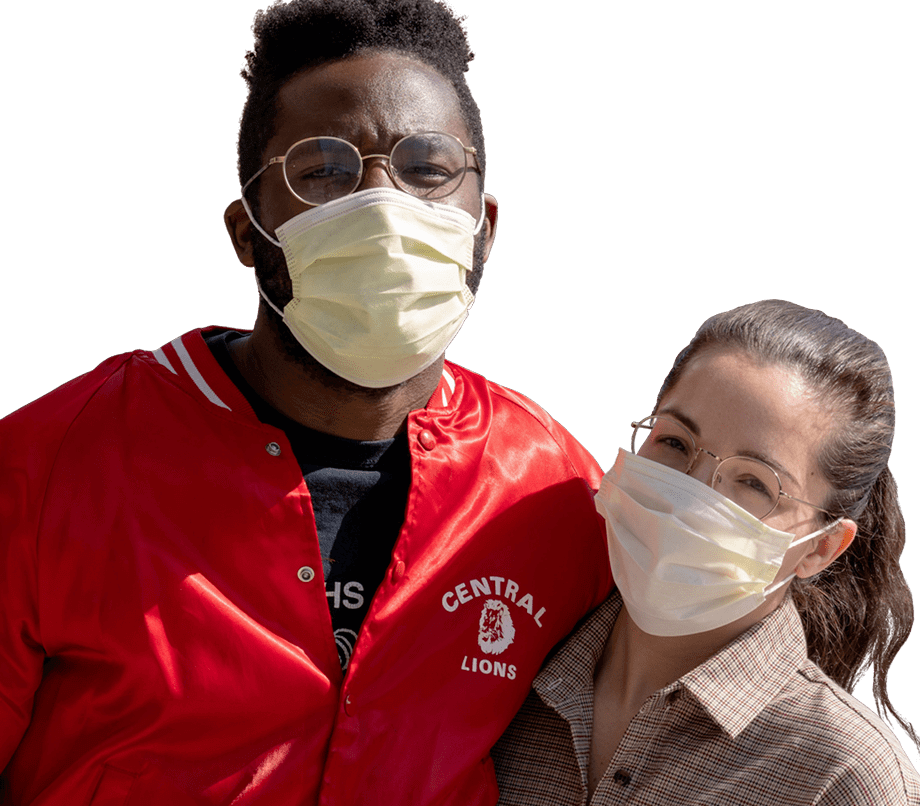Other News This Week
Just because something fits in your vagina, it doesn't mean it should go in there
In 2016, authorities at JFK airport arrested a woman for trying to smuggle $10,000 worth of cocaine… inside her vagina. The packaged weighed half a pound and was wrapped in brown duct tape. Had the package broken inside her while in transit, the woman would have been at high risk of overdosing.
People with vaginas have attempted to smuggle or hide loaded pistols, Rolex watches, marijuana pipes, crack, lighters, money, cellphones, cigarettes, makeup, fireworks (yes, really), alcohol and a host of other drugs and stolen items in their hoo-has.
Of course, few women would actually consider inserting things like loaded guns and fireworks inside their vaginas. But sometimes, in an attempt to make things more interesting in the bedroom, some women do make questionable decisions about what actually goes in there.
Sure, your vagina can stretch and accommodate quite a few things, but being able to do it doesn’t mean you should. Putting the wrong thing in can result in a host of health issues, from major injuries and tears in your vaginal canal to infections and irritation… not to speak of the embarrassment at your OB-GYN’s office.
Turns out, the list of approved things to put in your vagina is short, classic and easy to remember. Let’s have a look.
1. A penis
Penises are meant to go inside vaginas. That’s why they’re No. 1 on our list. But remember to put a condom on it to avoid STIs and unwanted pregnancies. A note: Flavored condoms should only be used for oral sex, as the flavor chemicals can irritate your vaginal lining.
2. Fingers
Fingers (attached to hands, of course!) also feel pretty good. As long as the person’s nails are trimmed short with sharp corners filed away and kept clean, digits are a good time. You can improve your safer sex practices by wearing latex gloves (easily purchased in drugstores) and adding lube.
3. Lubricants
Speaking of lube, there are still lots of myths about lubricants. Oil-based lubes are actually OK according to Lilly (who goes only by her first time), a sex toy expert and blogger at Dangerous Lilly.
“Synthetic oil-based lubes have been proven to cause vaginal infections in some, but there is much less chance for an interaction when a natural oil is used," she explains. "They shouldn't be used by anyone relying on latex or polyisoprene condoms for STI and pregnancy protection, though.”
She adds that silicon-based lubricants are actually safe to use and that contrary to popular belief, “many water-based lubes are incompatible with vaginal pH or have irritating ingredients that make some folks more susceptible to vaginal infections and can increase STI transmission.”
4. Sex toys
According to recent statistics, the global adult sex toy market is poised to reach $29 billion by 2020. That’s a lot of sex toys… although not all of them are safe.
Sex toy materials are a complex and wide-ranging topic, but in short, the "safest" materials are the ones that are considered chemically stable and don't harbor bacteria and fungi in the pores, Lilly says. This includes silicone, body-safe metal alloys like titanium, aluminum blends, stainless steel, glass and properly sealed ceramic and wood. She has a full guide to sex toy materials and cleaning too.
There are actually no regulations for sex toy materials, so be wary of claims of “FDA-approved” toys, Lilly notes. Shopping at reputable stores and reading reviews from trustworthy bloggers will help you make good sex toy choices.
5. Food & other objects
According to Dr. Hilda Hutcherson, board-certified OB-GYN and gynecology professor at Columbia University, your main concern when considering items other than penises, fingers and sex toys is using objects with a smooth, nonporous surface, no sharp edges, no irritants and nothing that would degrade a condom.
“You want to make sure that whatever you put in, you can completely take out,” she explains. “That’s why most food is a problem: It’s difficult to remove it. Peeled bananas, for example.” Other foods to avoid include spicy foods like chili peppers and spreadables like peanut butter.
If you are into temperature play (using hot or cold objects as part of the sexual experience), avoid putting ice directly into your vagina, as it can stick to your delicate skin. Instead, cover it with a condom to create a barrier. Very hot surfaces can also cause damage because “the [vaginal] lining is very delicate and can easily be burned,” Hutcherson adds.
The safest way to play with your food is to put a condom on it. That way, you avoid risks attached to bacteria, irritation or pH imbalances. As long as the item is big enough to be removed and not easily breakable (like a large cucumber or squash), you should be fine.



